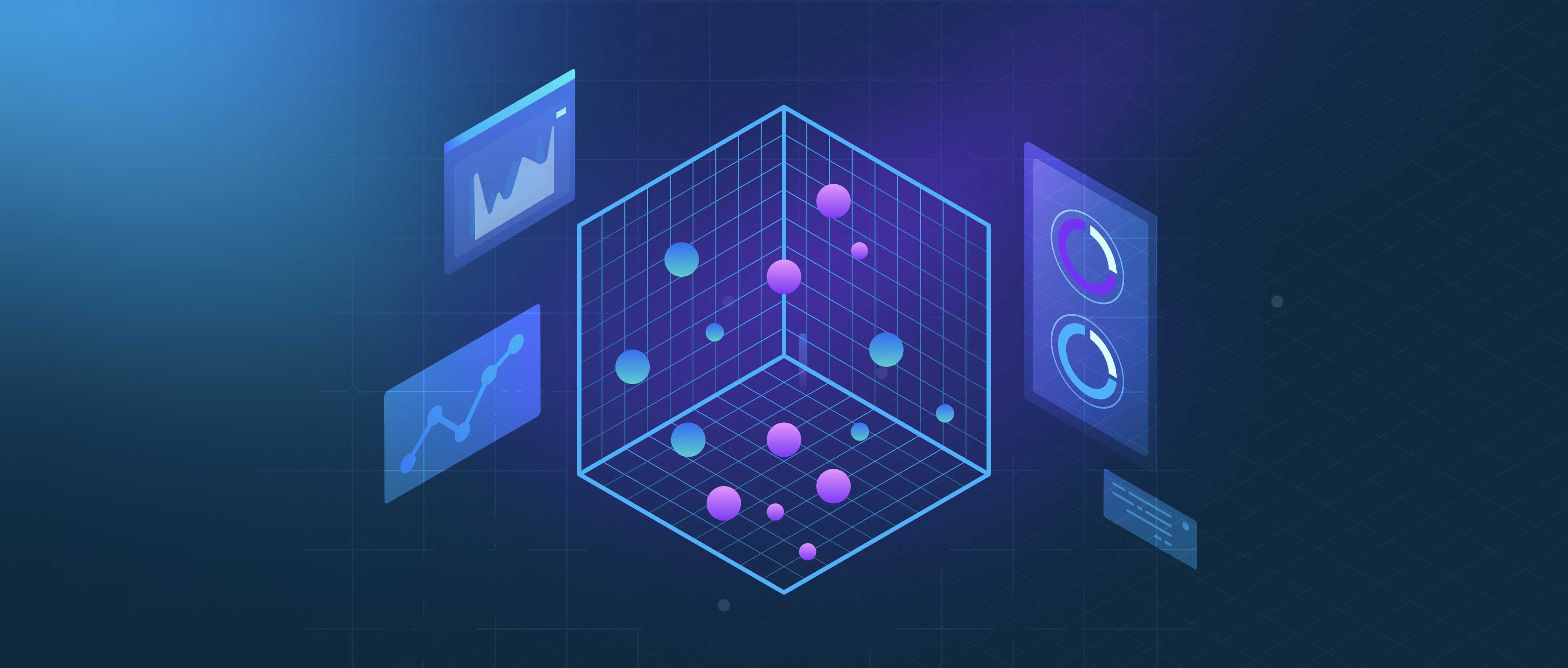OpenAI has implemented several safety protocols aimed at ensuring that their AI systems operate safely and responsibly. These protocols include comprehensive testing, ongoing monitoring, and mechanisms for human oversight. For instance, before releasing any AI model, OpenAI conducts extensive evaluations to identify potential risks or harmful behaviors. This process involves testing the model across various scenarios to ensure that it behaves as expected and does not produce harmful or biased outputs. Rigorous evaluation helps in identifying weaknesses that could be exploited or lead to negative consequences when the AI is used in the real world.
Another important aspect of OpenAI's safety protocols is the continuous monitoring of their AI systems after deployment. OpenAI collects user feedback and performance data to track how the models perform in real-world applications. They have dedicated teams that analyze this information to identify any problematic behaviors that may not have been apparent during the initial testing phase. This iterative approach allows OpenAI to make necessary adjustments, improve safety features, and ensure that the AI remains aligned with its intended purpose over time.
Moreover, OpenAI emphasizes the importance of human oversight in its protocols. They believe that a well-designed system should always have a way for users to intervene if the AI produces undesirable results. For example, their models can be configured to require human review before certain automated actions are taken, especially in critical fields like healthcare or finance. This layer of human intervention ensures that the AI operates within acceptable boundaries and allows developers to maintain control over its outputs, thereby enhancing overall safety and trust in the technology.
